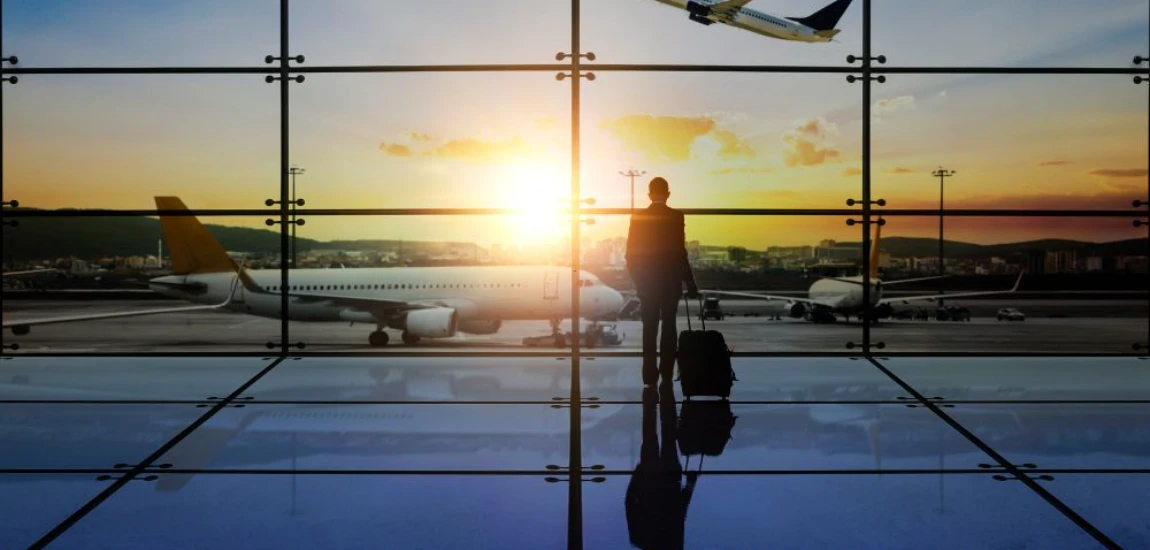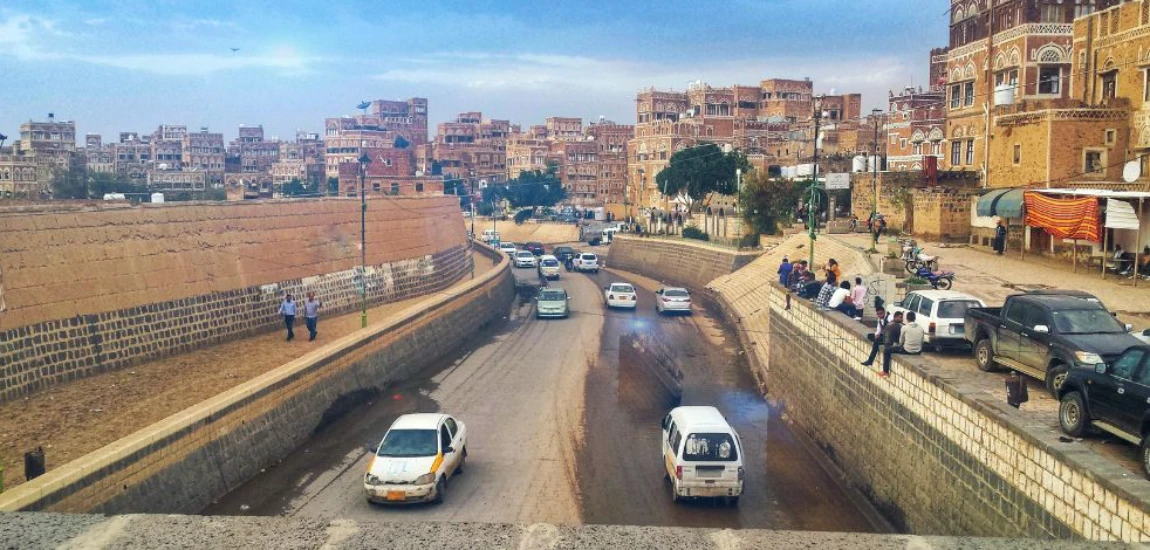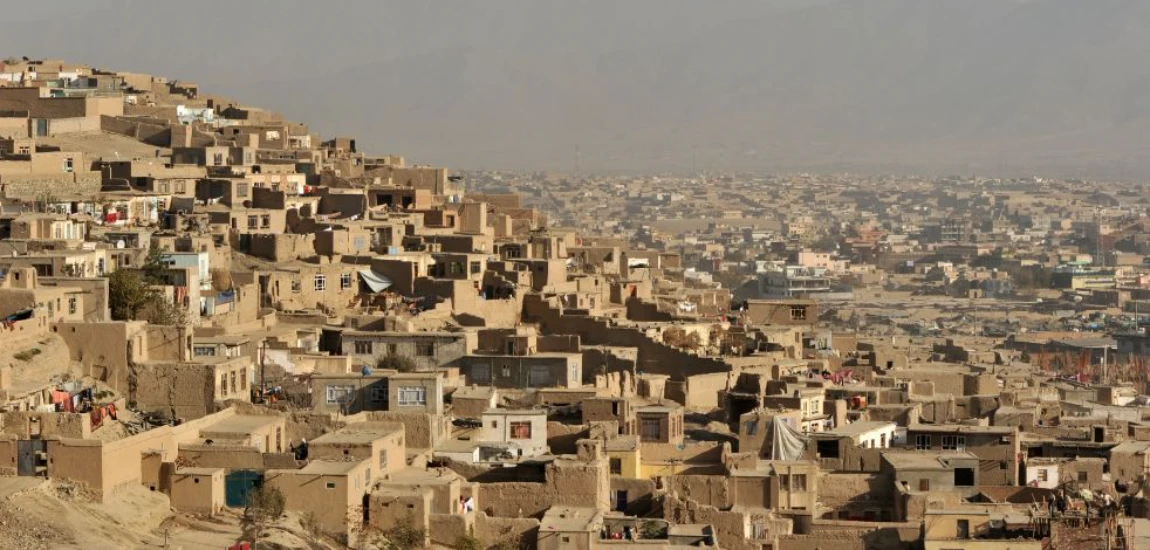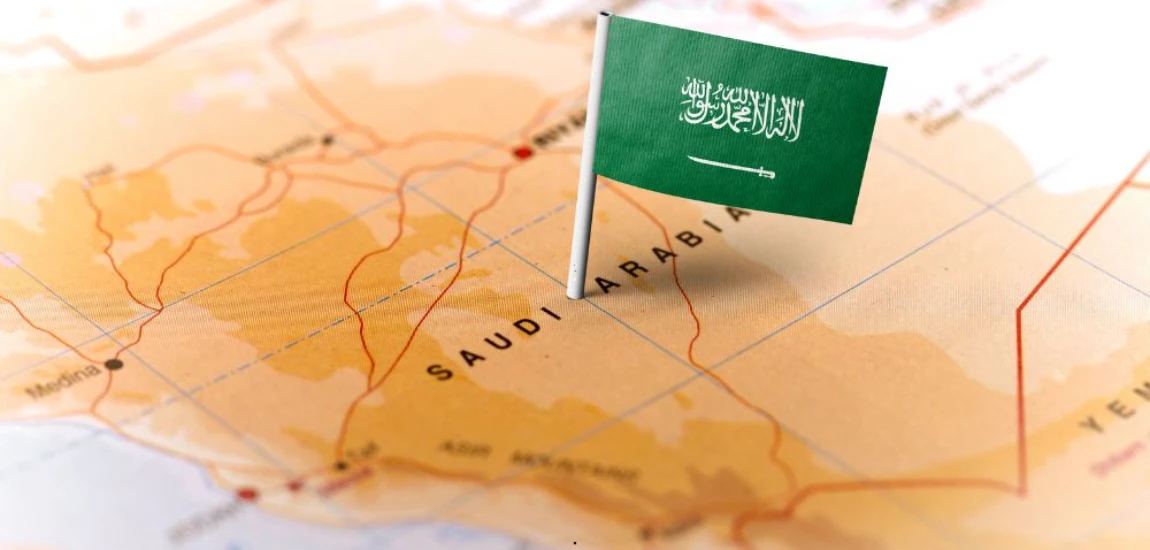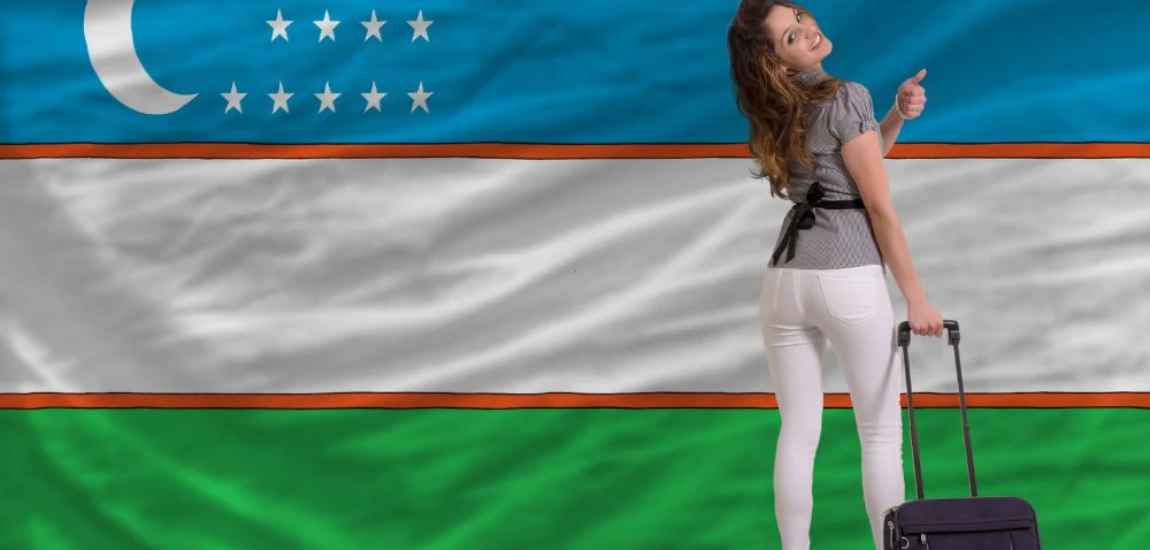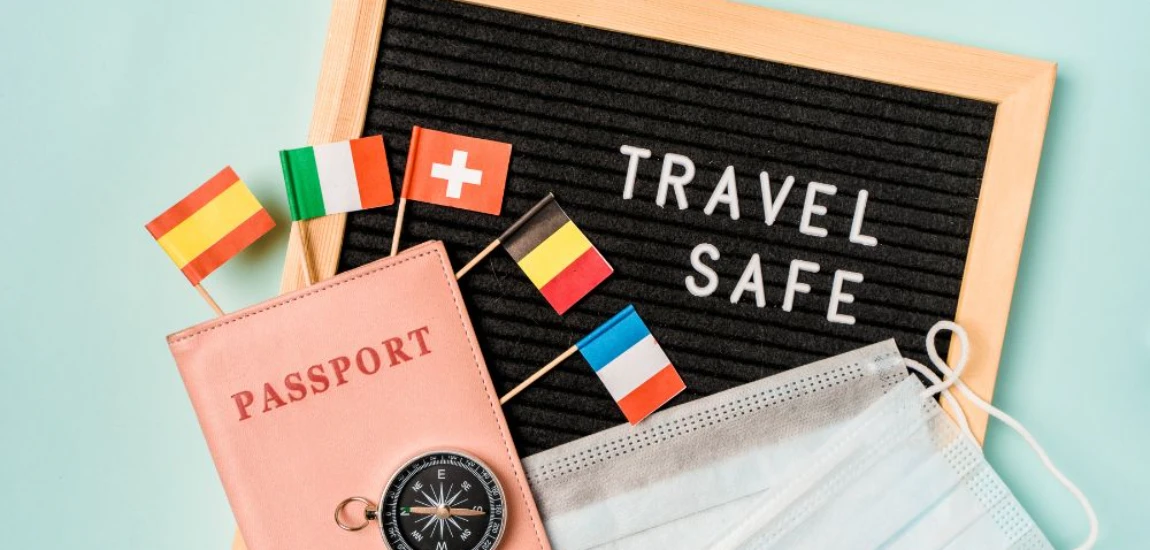Libya Trip Planning Guide: Everything You Need to Know Before You Go

Once part of the legendary Roman Empire and home to untouched Saharan landscapes, Libya is a country filled with history, culture, and adventure. However, due to its complex past and evolving travel conditions, planning a trip to Libya requires extra preparation. In this comprehensive Libya trip planning guide, we’ll walk you through all the essentials—from entry requirements and cultural etiquette to top attractions and safety tips—ensuring your journey is not just unforgettable, but also safe and well-organized.
📍 Why Visit Libya?
Libya offers a unique travel experience for those seeking to explore a land still largely untouched by mass tourism. The country boasts:
Spectacular Roman ruins in Leptis Magna and Sabratha
A fascinating mix of Berber, Arab, and Mediterranean cultures
The beautiful Sahara Desert with vast dunes and ancient caravan towns like Ghadames
A dramatic Mediterranean coastline dotted with historic sites and old-world charm
Despite being off the radar for most travelers, Libya's ancient history and natural beauty make it an incredible destination for cultural enthusiasts and adventurous souls.
🛂 Visa & Entry Requirements
Do You Need a Visa for Libya?
Yes, most travelers will require a visa to enter Libya. Tourist visas are currently not issued for solo travelers, and visits often require the sponsorship of a local tour operator or business entity. Always check with your local Libyan embassy for the most recent visa policies, as regulations can change frequently due to political conditions.
Required Documents:
A valid passport (with at least 6 months’ validity)
Visa application form
Invitation letter (from a registered company or tour group)
Proof of accommodation
Travel itinerary and return flight ticket
🧳 What to Pack for Libya
Here’s a brief list of must-have items when traveling to Libya:
Lightweight, breathable clothing for daytime
Modest attire (especially for women), covering arms and legs
A scarf or head covering for visiting mosques or rural areas
Sunglasses, sunscreen, and a reusable water bottle
Power adapters (Libya uses Type C & L plugs, 230V)
A travel medical kit with essentials (Libya has limited pharmacies in rural areas)
🧼 Note: Alcohol is banned in Libya, and bringing it into the country is illegal.
🧭 Top Places to Visit in Libya
🏛️ 1. Leptis Magna
Arguably one of the best-preserved Roman cities in the world, Leptis Magna is a UNESCO World Heritage site located near Al Khums. Its massive amphitheater, market, and triumphal arches are a must-see.
🏜️ 2. Ghadames
This oasis town in the Sahara, often referred to as the "Pearl of the Desert", features traditional Berber architecture and labyrinthine streets. Ghadames is also a UNESCO site and offers insight into Libya’s nomadic past.
🕌 3. Tripoli
The capital city blends Ottoman and Italian colonial influences, and you can explore landmarks like the Red Castle Museum, Martyrs' Square, and bustling souks (markets).
🏛️ 4. Sabratha
Another stunning Roman site on the Mediterranean coast, Sabratha offers a picturesque theater, temples, and sea views.
🌐 External Link: Learn more about Leptis Magna on UNESCO.
🧠 Understanding Libya’s Culture & Etiquette
Libya is a predominantly Muslim country, and cultural sensitivity is essential. Here are a few tips:
Dress Modestly: Both men and women should cover shoulders and knees in public.
Respect Prayer Times: Avoid loud noise or photo-taking near mosques during prayer.
Greetings: A handshake is common among men. Avoid physical contact between unrelated men and women.
Photography: Always ask permission before photographing people or military/police areas.
🕌 Tip: Friday is the holy day in Islam; expect many shops and services to be closed.
---
🚐 Transportation & Getting Around

